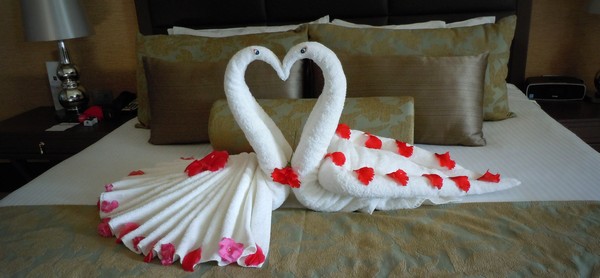
Chance favors the prepared mind. “The prepared mind” is the characteristic of leaders who are outstanding in their talent to perceive, make sense, decide and act across a complex set of conditions. We also believe that “the prepared mind” is not a matter of chance. It is a matter of intentional preparation that requires developing eight mental skills regardless of your role.
How will you prepare for your tomorrow?
- You need the skill of observing because your world is more competitive. Execution-driven leaders often become so consumed by the pressures of running their projects and their organizations that they never pause to take a look at what’s going on around them. You may have mastered the core capabilities of your profession, and yet new technology might make these capabilities obsolete. List the capabilities you need to develop. Find a meaningful unifying purpose.
- You need the skill of reasoning because you need to reevaluate your assumptions. Data are useless without the skills to analyze them, reason, and make meaning of them. For example, are you thinking big enough? Take your situation and think bigger. Reasoning can complement problem-solving skills that you already have with a methodical approach to use with moral, ethical, organizational, or technical problems.
- You need the skill of imagining because you need alternatives to keep yourself sharp. Imagination is not a trait that we inherit in our genes or a blessing bestowed by the angels. It’s a skill. Be curious about everything—the world is full of amazing wonders for you to learn about. Creativity is at the heart of innovation. To improve this skill, list three combinations that would create something new and useful for you. Name one thing that you think you are too old to start. Are you really too old?
- You need the skill of challenging because expertise breeds conservatism. Challenging a group’s willingness to go with the first right answer can be major barrier to unleashing full creative potential. To improve the skill of challenging, list the constraints imposed on you. Who has already dealt with them? What did they do? What could you do?
- You need the skill of learning because new opportunities abound. Improved learning skills—concentrating, reading, and listening, remembering, using time, and more—are directly useful and will continue to pay dividends for a long time. What don’t you know that you should? List technologies, practices, or events that might provide insight. Learn about the future by studying some history. Also, list some mistakes or failures from your past. What did you learn from them?
- You need the skill of deciding because every decision has consequences, and no decision is a decision. Every solution brings about its own set of new problems. No leader knows enough about the future to make the most favorable decision every time, but it’s better to set a clear direction today and confront problems that crop up tomorrow. It’s not being afraid to fail; and if you do, identify it quickly and more ahead fast so no momentum is lost.
- You need the skill of enabling because all of us are smarter than any one of us, and “they” need the knowledge, means, and opportunity to help you reach your goals. Who needs your help, and how can they help you? Provide opportunities—delegate. Ensure that outcomes, actions and questions are properly recorded and actioned, and appropriately dealt with afterwards.
- You need the skill of reflecting because you learn more from understanding the reasons for your success and failure than you do from studying someone else’s best practices. Take a current problem and list possible answers. Now think like a beginner by asking dumb questions. Reflect on those questions and answers. The greatest strength of reflective leaders is their thoughtful and attentive nature, which means tremendous persistence to listen and take in information, the ability to connect the dots and garner eye-opening insights, and deep trust in their instinct, creativity, and thinking process.
Many leaders seem so besieged with their current workload that telling they prepare for the future may seem unreasonable. By preparing today to meet tomorrow’s challenges, they can set in motion a new leadership paradigm, one that will help leaders better cope with today.
Prepare your mind and then use your mind wisely. Leaders who focus on those eight basics will be prepared to encounter the unknowable challenges that lie ahead.
 Department stores offer towel collections that come with a variety of sizes, knitting style, cotton quality, and personalization details to fit the space, budget and personal preferences of buyers. Common household towels are made from cotton, rayon, bamboo, non-woven fibers or other organic materials. Most homes use three types of towels for each person in the household: bath towels, hand towels, and wash towels.
Department stores offer towel collections that come with a variety of sizes, knitting style, cotton quality, and personalization details to fit the space, budget and personal preferences of buyers. Common household towels are made from cotton, rayon, bamboo, non-woven fibers or other organic materials. Most homes use three types of towels for each person in the household: bath towels, hand towels, and wash towels..jpg)

.jpg)